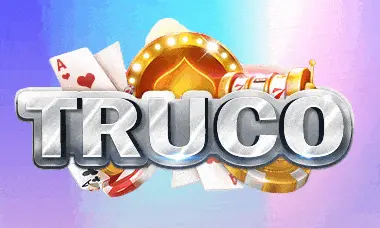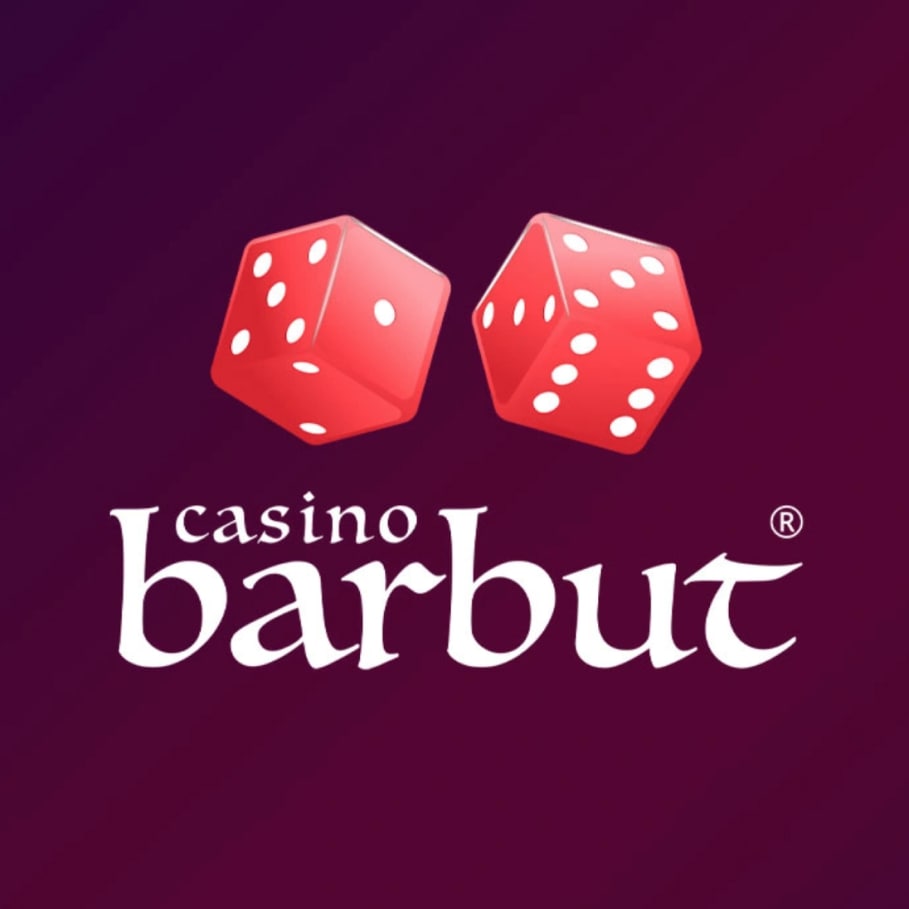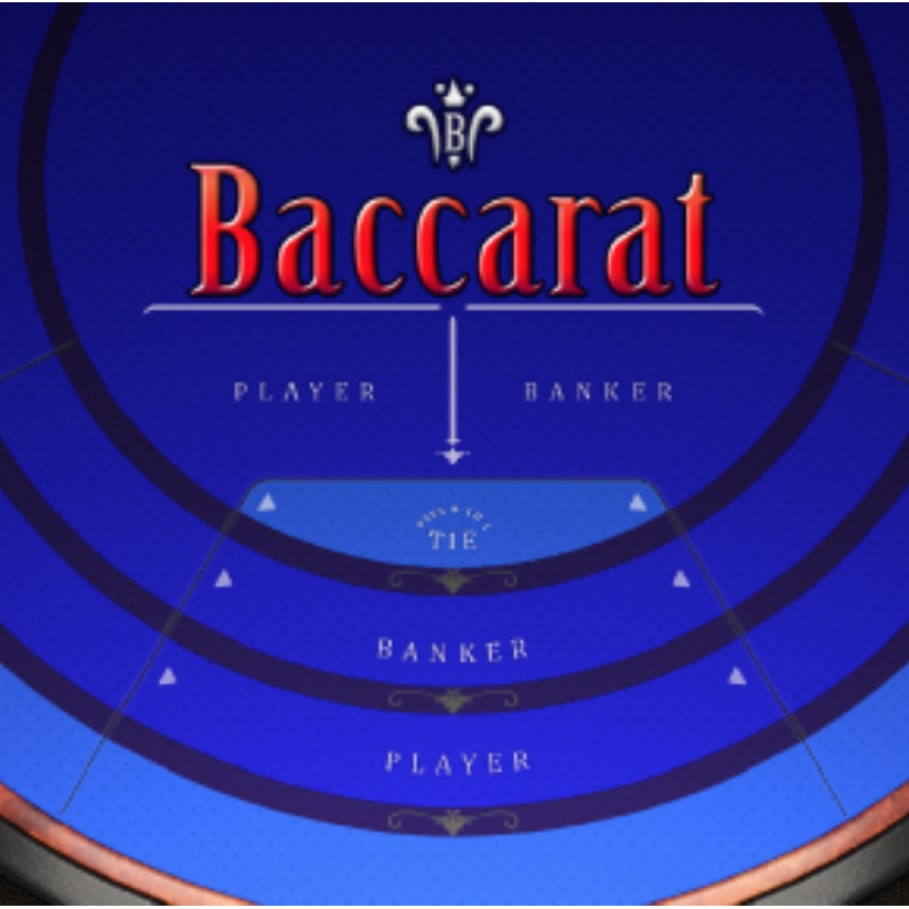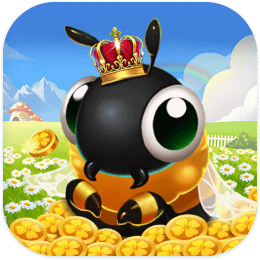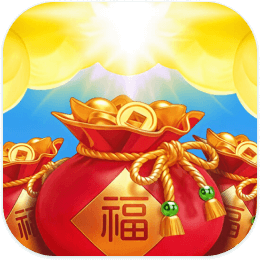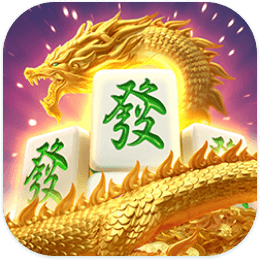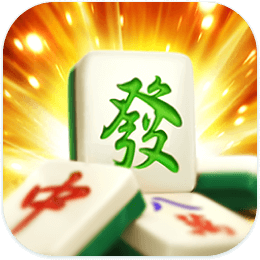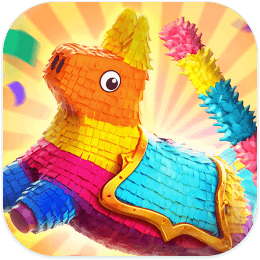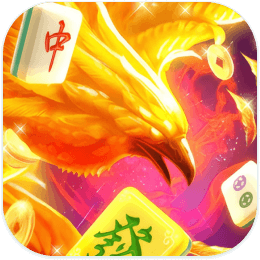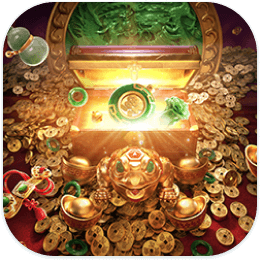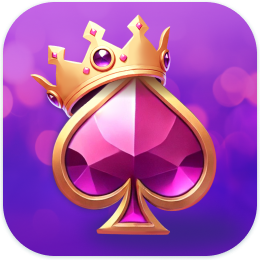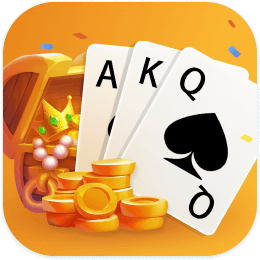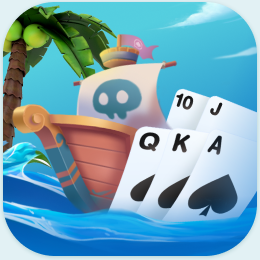15 Awesome 2 Player Card Games · PrepScholar

Needs some ideas of card games for two people? Check out our collection of fun 2 player card games.
Posted by Ashley Robinson General Education
These five card games for two people are a fun and easy way for kids to entertain themselves (and practice some math-related skills, as an added bonus). Best of all, kids can set up and run all of these card games all on their own!
Go Fish
The classic childhood card game Go Fish can be played with a standard deck of cards and is appropriate for children ages four and up. To play Go Fish, one person deals seven cards to each player, one at a time. The remaining cards in the deck are the ‘lake’ or ‘pond’ and should be scattered facedown in the middle of the table between the two players.
When the cards have been distributed, each player should organize the seven cards in their hand according to number or royal (Jack, Queen, King). The player who did not deal the cards then gets to ‘fish’ first, asking the other player if they have a card of a certain number. The player who is asking for cards must already have at least one card of the kind they are asking for in their hand.
Here’s an example of how this works: Player One might ask Player Two, “Do you have any threes?” If Player Two does have threes, that player must give all of the threes to Player One. Player One then gets to continue asking Player Two for cards until Player Two says, “Go fish!” When Player Two says “Go fish!”, Player One must draw one card from the pond, and the turn passes to Player Two.
The game continues, passing between the two players, until all of the cards have been matched into sets of four cards of a kind (four aces, four fives, etc.). The player with the most matched sets wins the game.
Old Maid
The goal of the traditional card game Old Maid is simple: don’t get stuck with the Old Maid after all the other cards have been paired off. Old Maid cards are sold in specialty sets, but children ages four and older can play this game using a standard card deck.
To play Old Maid with two people, start by removing one queen from the deck of cards. The one queen without a pair is now the “Old Maid.” The remaining cards should be dealt to the two players until all of the cards are gone.
Players then look through their cards (keeping them hidden from the other player!), remove any pairs of cards, then lay them facedown on the table. The player who did not deal the cards (Player One) holds up all of their cards in the shape of a fan, being careful to keep the cards hidden from their opponent. Player Two must draw one card from Player One’s hand. If the drawn card can make a pair with a card Player Two already has in their hand, they must lay the pair faceup on the table.
Play continues back and forth until all of the cards except for the Old Maid have been drawn and paired off. The player who is left with the Old Maid loses.
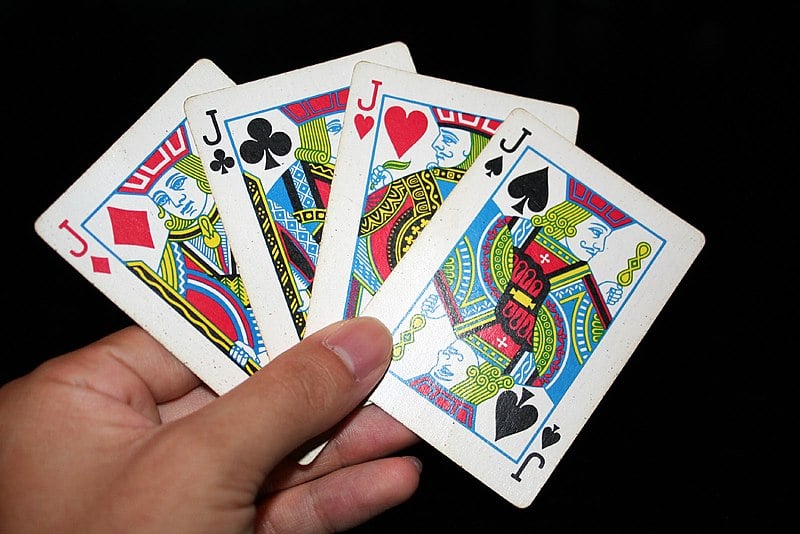
Slap Jack is a game that involves fast reflexes to win. Kids will love the chance to “slap” cards…and maybe the occasional hand! (Enoch Lau/Wikimedia)
Slap Jack
The goal of the card game Slap Jack is to win the most cards by being the first player to slap a jack when it is played. Slap Jack requires speed, focus, and recognition of face cards on the fly, so it’s best suited for children ages five and older.
To play Slap Jack with a standard card deck, deal out an entire deck of cards to each player. These cards should be placed face down in a deck. Drawing cards one at a time from their stack, the players go back and forth laying a card face up in the middle of the table.
When a jack is played, the first player to slap the jack wins the entire pile of cards. Once that player adds all of the cards they won to the bottom of their pile, play continues until another jack appears. The game continues in this way until one player has collected all of the cards.
Slap Jack is more fun the faster the players put their cards down, so this game can be a great way for kids to expel some nervous energy as well. Just keep in mind that the game can get feisty, so it’s a good idea to have an adult who can be the tiebreaker.
Speed
The object of the card game Speed is simple: be the first person to get rid of all of your cards. The set up for Speed is a little complex, but once you get the hang of it, Speed is a great game for children ages 10 and up.
To play Speed with two players, each player must be dealt five cards each. Then, 15 cards are placed facedown adjacent to each player to form their individual draw pile. Two single cards are then placed side-by-side and face down between the players, and a pile of five, face down cards are placed on either side of the two cards (this will be an additional draw pile that you’ll use only if neither player can make a play).
We know that sounds a bit complicated, so be sure to check out this video for a step-by-step tutorial on how to set the game up.
Play begins with each player flipping over one of the two cards set out between them simultaneously. Players then discard the cards in their hand onto the single cards by playing the next highest or lowest card number. For example, if a player flips over a four, that player can only play either a three or a five on top of it (the card suit doesn’t matter). Let’s say one player has a five, so they place it on top of the stack. Now the five is the actionable card, which means players can only play a four or a six on top of it!
Once you play a card, you’ll draw a replacement card from your draw pile so that you have five cards in your hand. The thing that makes Speed interesting is that both players play simultaneously as fast as they can!
Play continues until someone runs out of cards or there are no more available moves on the two card piles. If players run out of moves before they’ve been able to discard all their cards, each player flips a card from the two draw piles placed beside the playable stacks. Players then resume laying down cards from their hand on top of the piles until someone runs out of cards.
The player who plays all of the cards in their hand first wins by yelling, “Speed.” This game can be played in a “best two out of three” format or even in a tournament style if you only have one deck of cards but multiple people who’d like to take turns playing.
Trash
Trash (which is sometimes called “Garbage”) is another game where a player wins by getting rid of all of their cards first. This game can be played with two people and works well for kids ages eight and older.
To play Trash, start by dealing 10 cards to each player. Each player’s cards should be placed facedown in two rows of five. The remaining cards in the deck should be placed facedown in a single pile between the two players. The goal of the game is to be the first to line up your cards in sequence from an Ace (lowest) to 10 (highest) from left to right across both rows.
The youngest player starts the game by drawing one card from the deck. If that player draws a card from ace to 10, the card replaces the face down card that is in its corresponding position numerically. For instance, if the player draws a three, that card is laid face up in the third card position. (Here’s a video tutorial just in case you need a little more clarification!)
The player then flips over the face down card that was just replaced. If it can replace a face down card, then the player can do so. Play continues until the player flips over a card they don’t need because a) it’s a jack, queen, or Joker and can’t be used, or b) they already have a face-up card of that number. The one exception is with a king, since kings are treated as wild cards and can be used to replace a card in any spot.
When the player flips over a card they can no longer play, the player discards that card they drew into the “trash” pile and their turn is over.
The next player can either draw from the deck or dig through the trash pile to select a card on their turn. The turns go back and forth like this until one player has turned all 10 of their cards face up in the correct sequential order. At this point, Round 1 ends and Round 2 begins. In Round 2, the winning player goes first, but is only allowed to use nine cards.
This game ends when one of the players gets down to one card on the playing field and wins that round. This is a great game for people who like slower-paced play, but still want a strategy game that stretches their brains.
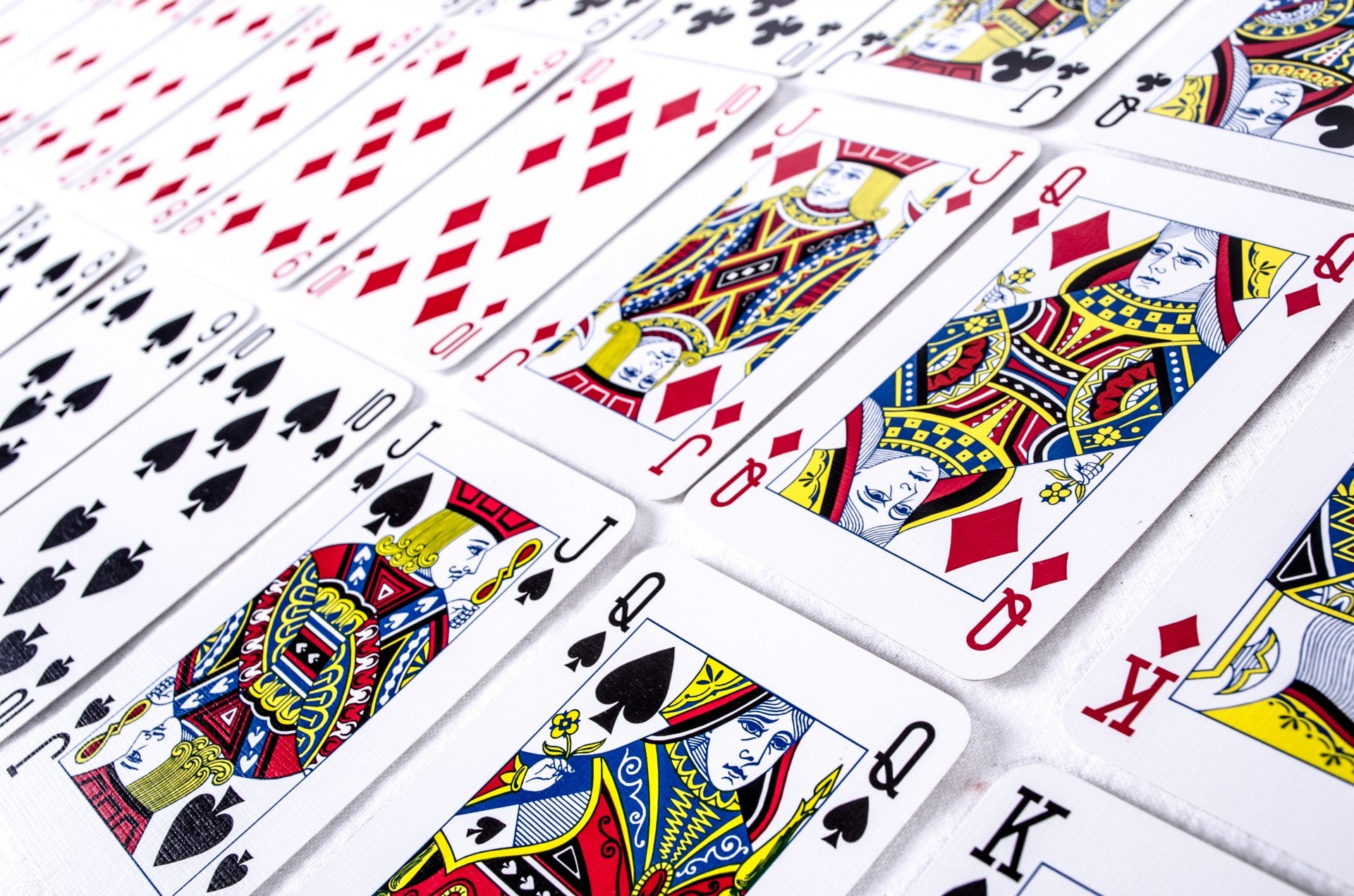
Family card games don’t have to be boring. Our favorites are easy enough for kids to play, but challenging enough for adults to have fun, too!
5 Awesome 2 Player Card Games for Families
The two person card games listed below are great for people of all ages, which make them great family games!
Memory/Concentration
Players win the game Memory, which is sometimes called Concentration, by matching all of the cards in play into sets of two. Memory/Concentration can easily be played with a standard deck of cards. Memory is a great game for a parent or older sibling to play with younger kids to help them practice their numbers and memorization.
To set up a game of Memory, the players should take an entire deck of cards and lay them out facedown in a grid-like pattern on a table or the floor.
Once the cards have been set up, the players take turns flipping over two cards at a time with the goal of finding a match. When a player makes a match, they keep both of those cards. If the player did not find a match, they return the two cards to their original positions, facedown. When a match isn’t made, the players should try to remember the number and position of the cards they turned over so they can turn cards over more strategically in future turns.
Game play continues like this in a clockwise rotation until all of the cards have been matched. The player who collects the most matches wins the game.
Crazy Eights
Crazy Eights is a two person card game that is easy enough for young kids to play and complex enough to keep older kids or adults having fun too. The goal of this game is to be the first person to get rid of all of the cards in your hand.
To play Crazy Eights with two people, the dealer deals five cards to each player. The dealer then places the pack in the middle of the table to serve as the “stockpile.” The top card of the stockpile is turned face up and placed in a separate pile. This card is the starter.
The player who did not deal begins play by placing one card face up on top of the starter pile. Each card played must match the card showing on the starter pile, either in suit or denomination. For instance, if a Jack of diamonds is the top card on the starter pile, either a Jack in any suit or a diamond of any kind may be played on top of it. If the starter card was a five of hearts, on the other hand, a player could play another five card or another diamond of any number on top of it.
If a player’s turn comes and they are unable to play on the starter pile, that player must draw cards from the stockpile until a play is possible or the stock is exhausted. That means you could end up drawing one card or, well, a lot more depending on your luck! If the stock runs out, the player must pass their turn. It’s also okay for a player to draw from the stock even if they already have a playable card in their hand.
In this game, all eight cards are wild—hence the name “Crazy Eights!” This means that an eight of any suit can be played at any time, and the player may designate it as any suit (but not any number). The next player must play a card of the specified suit or an eight. The player who plays all the cards in their hand first wins the game.
Kings in the Corner
In Kings in the Corner, players try to get rid of all of their cards using a solitaire-like formation. In this game using a 52 card deck, Kings are high and Aces are low. There’s quite a bit of strategy involved, so we recommend this game for kids ages 10 and up!
The dealer deals 10 cards to each player. Next, a “balance” of cards is laid out on the table using cards from the remaining deck. Here’s how the balance is set up: the deck of cards is set face down in the middle for a stockpile, and one card each is laid face up above, below, to the right, and to the left of the stock in a kind of cross formation. You can check out the video above for more info on how to set up the game.
When the balance is set up, the non-dealer starts play by drawing a card from the stock and checking to see where it might be played on the board. Cards may be played by laying a card of lower value and opposite suit over a card of higher value (a black 10 on a red Jack, a red five on a black six, etc.).
If a player has a King that can be played, that player can lay the King faceup in one of the corners around the balance. Players can then play off of the King like usual, except they must add cards in descending order. That means if you have a red King in the corner, the next play would have to be a black Queen, and so on. Keep in mind that Kings are the only cards that can be played in a corner, so use them wisely!
If there is a possibility to play an entire pile of cards atop another pile, a player can make that move, then start a new pile in the open space created with a card of any number or suit. So for example, say one of the original balance cards was a red Jack. If a black Queen opens up in a corner (like in the previous example), a player can take that whole stack of cards and move it on top of the King in the corner. The player can then start a new pile with a card of their choosing in the open slot.
The first player to get rid of all their cards wins the round. At the end of each round, players score 10 points for each King left in their hand, and one point for each other card left. The game is played until one player scores 25 points, and the player with the lower score wins the game.
War
The purpose of War is to collect all of the cards in a deck by playing the highest card in a series of faceoffs with another player. War is an easy game for young children to play, but is fun for kids ages five and older.
To play War, start by having one player deal out all of the cards in a standard 52 card deck so that each player has 26 cards. Each player must keep their 26 cards in a pile without looking at them.
When all of the cards have been dealt, game play begins with each player turning over the top card from their respective piles simultaneously. The player who turns over the highest card wins the round and collects both cards (aces are highest, and twos are lowest). These two cards should be turned facedown and placed at the bottom of the player’s pile.
The players continue turning over cards at the same time in this manner until both players turn over a card of the same value (like two fours or two queens, for instance). When this occurs, the players enter into a war. To do this, each player takes three cards from their pile and places them facedown on the table. They then turn a fourth card face up. The player whose card is the highest collects all ten cards from the war and places them at the bottom of their pile.
In the event that the two cards flipped over during the war phase match, players repeat the war sequence until someone wins. From there, play resumes normally. The player who ends up collecting all 52 of the cards wins the game.
Double Solitaire
If you love solitaire but want to play with a friend, then double solitaire is for you!
The object of Double Solitaire is to build eight “foundation” piles that each begin with an Ace and are built up in ascending order to end with a King. Because eight Aces are required, Double Solitaire is played with two standard 52 card decks.
Each player gets one of the decks and uses their deck to lay out seven piles of cards facedown. This set of cards is called a player’s “tableau.” The first pile in the tableau begins with one card, the second pile has two cards, the third pile has three cards, and one card is added in each progressing pile until the seventh pile has seven facedown cards. Each player then turns over the top card in all seven piles. These cards will be played upon during the game.
Each player then uses the remaining cards in their deck as a stockpile, and can reveal cards from the stockpile in sets of three. Players can play the top card in a set of three on their tableau according to the rules of Solitaire, but can play their cards on their opponent’s foundations as well.
Players mostly play their hands independently in Double Solitaire, but can also suggest moves or help out the other player so that the game can continue. The player who is the first one to use all of their cards to build out the foundations wins. This player must not have any cards left in their stockpile or tableau.
There are tons of strategy games you can play with a pack of cards and two players, too. Our favorites mix chance and challenge for tons of fun.
5 Amazing 2 Player Card Games for Adults
Keep a couple of standard card decks handy to enjoy these 2 player card games for adults at home or on the go.
Gin Rummy
Gin Rummy is a classic card game that is traditionally played with two players using two 52 card decks. The objective of Gin Rummy is for players to use their hand to get more than 100 points before the opponent does.
To play Gin Rummy, the dealer deals out 10 cards to each player, which they can look at but should keep hidden from their opponent. The dealer then leaves the deck face down in the middle of the table. The dealer then turns the top card of the deck face up and places it next to the deck. This is the discard pile. The non-dealer starts the game by either choosing to pick up the top card from the discard pile and replace it with a card from their hand, or pass the turn without picking up a card or discarding.
The opponent then takes a turn, and this time has the option to draw from the top of the deck, the discard pile, or pass without drawing and discarding. The game continues back and forth in this way, with the players attempting to group cards from the 10 in their hand into minimum combos of three cards of the same rank (like three threes or three 10s) or runs of the same suit (like a 5, 6, 7, 8, and 9 of diamonds). The ideal hand to make is a Gin, which is created by placing down all 10 cards in a player’s hand in an appropriate combination. If a player is left with cards in their hand that cannot be combined into a match, they can fold, thus ending the match.
A game of Gin Rummy ends when enough matches have been played to allow one player to get 100 or more points.
So how do you get 100 points? Well, it’s based on the types of card combos you’re able to make. Players who make Gin score 25 points plus the value of the opponent’s unmatched cards. So for example, if you make Gin, and your opponent had two 5s and a 9 in their hand, you would score 44 points for that round!
If the player who folded wins the game, they score the difference in the value of their unmatched cards with those of their opponent. So if they had 5 “points” in their hand and their opponent had 15, they would score 10 points. If the opponent wins instead, they score 10 points plus the difference in the value of the unmatched cards between both players.
Egyptian Rat Screw
Egyptian Ratscrew is a game of speed and dexterity that can be played with a 52 card deck, including jokers. To play this game, a dealer deals out all of the cards in a deck evenly between the two players. The players organize their dealt cards into a single deck without looking at them.
The non-dealer starts game play by turning up the card on the top of their pile and placing it in the middle of the table between the two players. If that card is a number card, the opponent puts down a card from their deck too. The game continues in this way until a face card (Jack, Queen, King) or Ace is played. When a face card or Ace is played, the next player must also play a face card or Ace for the game to continue. If the next player does not play one of these cards, the player who laid down the face card/Ace wins the entire pile of played cards and adds them to their stack.
The face card/Ace rule can only be overridden through slapping. Players can attempt to be the first one to slap the pile of cards when any of the following situations occur. (There are a lot of situations, so you can pick and choose which ones you want to follow!)
- When doubles, or two cards of the same value, are played (e.g. a five is played, then another five is played on top of it)
- When a sandwich occurs, which is when two cards of the same value are played consecutively, but are separated by a card of a different value (e.g. a five, then a two, then a five is played)
- When two cards played consecutively add up to ten (e.g. two fives, a four and a six, etc.)
- Anytime a joker is played
- When four cards in consistent ascending or descending order are played (e.g. a four, five, six, and seven; a ten, nine, eight, and seven)
- When “marriage” occurs, which is when a Queen is placed on top of or below a King
When a player slaps the pile without the occurrence of one of these scenarios, that player must discard a card to the bottom of the pile. The player who ends up with all of the cards wins the game.
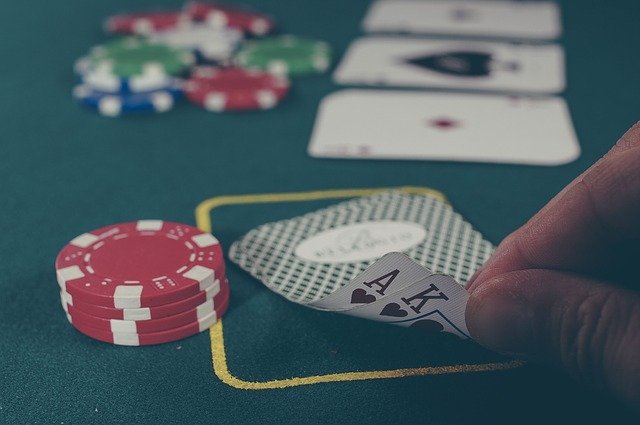
You don’t have to go to Vegas to play blackjack! If you want to up the ante, you can use pennies, pieces of candy, or even marbles to place bets on each hand.
Blackjack
Blackjack can easily be played with just two people and a 52 card deck. To get started, the dealer gives the opponent one card face up, and one card face down, then repeats this for themselves. Both players then peek at the value of the facedown card and add that to the value of their face up card. The goal is for the value of both cards added together to be as close to 21 as possible.
While all numerical cards have their same numerical values, scoring is a bit different for face cards. Jacks, queens, and kings are all worth 10 points, and aces can be worth either one point or 11 points.
Depending on how close to 21 their cards are, both players must decide whether to hit or stay. A “hit” means the dealer will give you another card face down which is automatically added to your total. A “stay” means you’ll keep the number of cards–and the score!–you have.
The winner of the hand is the player whose total gets closest to 21 without going over. If the value of both of a player’s cards is over 21, they will bust for that round, in which case the opponent wins the hand.
The fun thing about Blackjack is that you can decide how long you want the game to continue. You can play in a “best of” format where the first person to win a certain number of rounds is the winner. You can also play Vegas style where you bet pennies, poker chips, or even pieces of candy on each hand.
Poker (Five-Card Draw)
If you’re up for enjoying a game that requires both skill and luck, get out a standard 52 card deck and play a two person game of five-card draw, which is a variation of poker. Since Poker is a betting game, bring some chips to the table as well.
Before the cards are dealt for each round, each player makes an initial contribution of one or more chips to “the pot” to get things started. After initial contributions, the dealer starts the game by dealing five cards to each player. Players can then bet based on the perceived strength of their hand. If players aren’t happy with their hand, they can fold and exit the game…but they don’t get their bets back!
Players that remain in the game now enter the draw phase. Players discard one to five cards from their hand, then the dealer gives them replacement cards from the deck. A player can never have more than five cards in their hand at one time.
Once players have drawn cards, another round of betting occurs. Players can either bet again or fold and exit the game. Once final bets have been placed, players reveal their cards. The person with the best hand wins!
So what is a “good hand” in five-card draw? Hands of cards are ranked, from worst to best, in the following way:
- High card: When no one has a pair or better, the person with the highest card wins.
- One pair: You have a pair of matching cards of the same rank (like two kings or two fours)
- Two pairs: When you have two pairs in your hand (like two twos and two sixes)
- Three of a kind: When you have three cards of the same rank in your hand (like three 10s)
- Straight: When you have five cards in a sequence but not of the same suit (so a five of hearts, six of diamonds, seven of diamonds, eight of spades, and nine of clubs would be considered a straight)
- Flush: When you have five cards of the same suit that are not in sequence (like a five, seven, two, queen, and three of clubs would be a flush)
- Full House: When you have a pair and a three of a kind (two jacks and three fours would be a full house)
- Four of a kind: When you have four matching cards of the same rank (like four queens)
- Straight flush: When you have five cards in sequence that also match in suit (so a five, six, seven, eight, and nine of hearts would be a straight flush)
- Royal flush: When you have a ten, jack, queen, king, and ace all in the same suit.
For more information about each of these hands, you can check out this tutorial video for beginners. The big thing to remember? The player whose five card hand is the best wins the game and thus the chips that were bet that round.
Cribbage
Though people often use a special board to play Cribbage, you can actually play it just as easily using a regular 52 card deck. The goal of Cribbage is to be the first person to reach 121 points.
To start the game, one player deals six cards to each player. Each player looks at their hand and chooses two cards to set aside. These four cards make the “crib.” Only the dealer will have access to the crib, but these cards aren’t revealed or used until after the hands have been played.
Once the crib is set aside, the dealer cuts the remaining deck. The dealer turns up the top card of the bottom half. This card is the “starter” and can be used to make card combinations that score points once game play begins. After the starter is revealed, the dealer lays one of their cards down face up on the table. The dealer and opponent take turns revealing one card from their respective hands until all cards have been laid down face up on the table. As cards are revealed, the players keep a running total of the numbers on the cards. This is called “pips.”
The running total of cards can never exceed 31 during game play. If it gets to the point where a player can’t lay down a card without exceeding 31, that player says, “Go.” At this point, the opponent begins earning points by laying down their remaining cards in various combinations of pairs and runs (just like in Poker).
The scoring in Cribbage can be a little complex. Different combinations of cards score between two and sixteen points. For a complete guide to scoring cribbage, check out this handy chart!
The next round begins with the player who called Go in the previous round. The count returns to zero and play continues until 121 points are reached by one of the players. Building hands and counting points can feel a bit complicated if you haven’t played Cribbage before, but diving in and playing is a great way to get the hang of it quickly. And if you’re still not sure, here’s a great video tutorial to help you out!
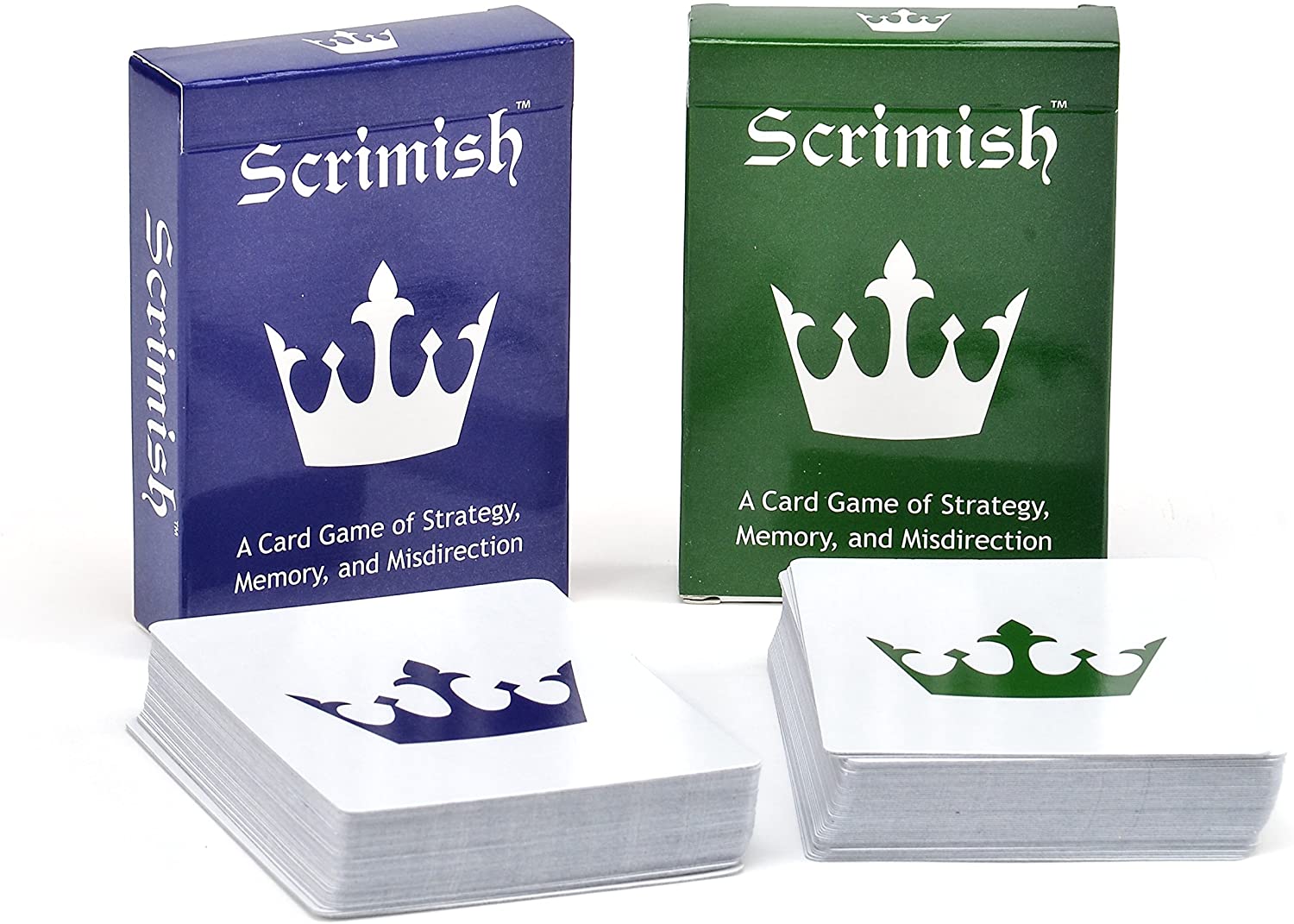
There are tons of other two player card games out there, too. These use specialty decks to create games of strategy, speed, and intrigue.
5 Specialty Deck 2 Player Card Games
Clearly, there’s a lot you can do with just a standard deck of cards. But if you’re an avid card player, you might be in the mood for something that’s a bit more adventurous.
If you’re looking to play card games for two people that require snazzy card decks, check out the five games in our list below!
Scrimish
Scrimish is a fast-paced card game in which two players face off for 10 intense minutes of game play. This game requires strategy, memory, and the ability to misdirect the opponent. One of the things that makes players so eager to return to Scrimish over and over is the fact that each game is totally different, which allows players to think up new ways to outsmart their opponents.
The objective of Scrimish is to suss out and attack the opponent’s Crown Card using cards from their own set of cards. Players must organize cards of their choosing into five stacks of five cards each, but have the freedom to arrange their remaining cards however they like. This part of the game requires strategy, because a bad setup can result in losing the game. A player wins Scrimish by attacking the opponent’s Crown Card.
Scattergories: The Card Game
Some people may not realize that the popular game Scattergories comes in a card game format. The card game version of Scattergories can be played with two players and is great for people ages eight and up!
Scattergories: The Card Game combines elements of the card game Slap Jack and the traditional Scattergories word game. When a category and letter combo is revealed in a round, the first play to slap the “I Know” card and give a valid answer (such as “Apricot” for the combo “Fruits” and “A”) wins the card. The player with the most cards at the end of the game is the winner.
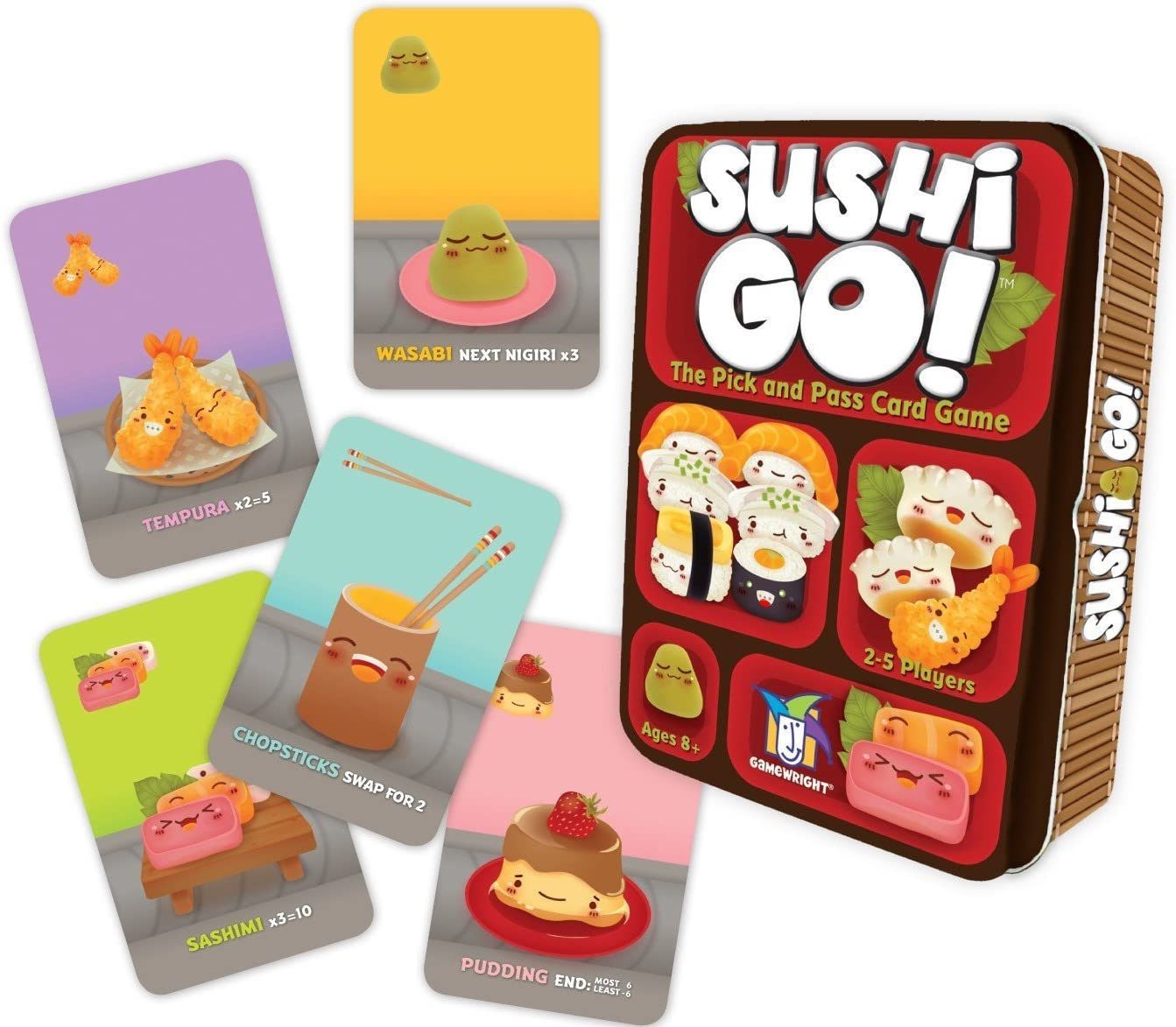
Sushi Go!
Sushi Go! is a 108 deck card game that reinforces probability, visual differentiation, and strategic thinking (along with illustrations of the cutest sushi ever!). Sushi Go! can be played with two players and is suitable for ages eight and older.
In Sushi Go! players are dealt a hand of cards, and game play involves quickly passing and selecting cards from player to player to form combos into “sushi rolls” (i.e. matches) that earn points at the end of each round. The player with the most points at the end of the game wins.
Exploding Kittens
In the grand scheme of 2 person card games, Exploding Kittens is probably one of the most suspenseful. This card game is fun for kids, teens, and adults.
Exploding Kittens is modeled after the notion of Russian roulette, except in Exploding Kittens, the object is to avoid getting stuck with a kitten card. Players are given a hand of cards that they can use to try to avoid getting stuck with an Exploding Kitten, which they are susceptible to drawing from the stockpile of cards at the end of each turn. When a player draws an Exploding Kitten and is unable to “defuse” it, that player loses the game.
Coup
Coup is a favorite among 2 person card games for its eye-popping artwork and emulation of court intrigue. This suspenseful card game is good for ages 10 and up and can easily be played in 10 minutes or less.
This game is set in a dystopian universe in which government officials–who appear on the game’s cards–attempt to manipulate, bribe, and bluff their way into total power. To win Coup, a player must be the last one with at least one unrevealed card left in their hand.

What’s Next?
Are you looking for more family fun?Play Family Feud at home with our list of Family Feud questions! Or, if you’re looking for something even speedier to play, try one of these 12 easy minute-to-win-it games.
Have more than one other person to play with and want to raise the stakes? Check out our guides to the rules of Texas Holdem and Blackjack.
If you’re looking for less intensive games, “This or That” may be a good fit. This article teaches you how to play This or That and gives you 101 questions to get you started.
Card games are fun for older kids, but they can be overwhelming for preschoolers. But that doesn’t mean you can’t have fun with little ones!Our awesome preschool activities list will make sure that parents and kids alike have tons of fun.
These recommendations are based solely on our knowledge and experience. If you purchase an item through one of our links, PrepScholar may receive a commission.
Have any questions about this article or other topics? Ask below and we’ll reply!
FAQ
How to win at tournament poker?
The best approach is to play a tight range of strong and/or playable hands, and you need to play those hands aggressively. Playing all of your hands aggressively, including the more speculative ones like 7♠ 6♠ or 5♥ 5♣, allows you to disguise the strength of your actual hand.
How to win against fish poker?
By attempting to bluff them off of their hand you will simply lose much more money than you should have and also manage to tilt yourself even more! The correct and most profitable strategy versus the fish who doesn’t fold anything is to value bet the living crap out of them. And then value bet them some more!
What is the secret to winning at poker?
How To Beat Players Who Never Fold is the antidote to this problem. In this book, celebrated low-to-mid stakes coach Alexander “Assassinato” Fitzgerald teaches you how to beat the games you actually play! No one folds to you? No problem!
How to Play WPT Global on Your Computer 2024
How to Play WPT Global on Your Computer Downloading the Software 1. Visit the Official Site: Go to the WPT Global website or use affiliate links provided by poker news sites. 2. Start the Download: Click on the “Download” button specific to your operating system (Windows or Mac). 3. Install the Application: 3.1 For Windows: Open the downloaded file from your “Downloads” folder. Follow the installation instructions. 3.2 For Mac:
How to win against fish in poker?
By attempting to bluff them off of their hand you will simply lose much more money than you should have and also manage to tilt yourself even more! The correct and most profitable strategy versus the fish who doesn’t fold anything is to value bet the living crap out of them. And then value bet them some more!
How to Deposit with Skrill on WPT Global?
Comment effectuer un dépôt avec Skrill sur WPT Global ? Pour effectuer un dépôt avec Skrill, vous devez créer et vérifier un compte auprès d’eux. Vous pouvez ensuite ajouter des fonds à votre portefeuille électronique Skrill en utilisant diverses méthodes. Pour effectuer un dépôt sur WPT Global, connectez-vous à votre compte joueur et accédez à la caisse. Cliquez sur « Dépôt » et choisissez Skrill parmi les options disponibles. Suivez les instructions à l’écran pour effectuer votre dépôt.
When and why was the double zero added to the American roulette wheel?
When and why was the double zero added to the American roulette wheel? The double zero was added to the American roulette wheel in the mid-19th century. The exact year is not clear, but it is believed to have been added around the 1860s. The reason for its addition was to increase the house edge, making the game more profitable for the casino. At the time, gambling was not regulated in the United States, and casinos were free to set their own rules and payouts.
FishPoker – 集各種玩法於一身全新撲克平台! 這裡有多種經典和刺激的遊戲種類:NLH、Flash、SpinUp、AoF 以及PLO,不僅如此,還提供大菠蘿和十三張等遊戲模式。
This site only collects related articles. Viewing the original, please copy and open the following link:15 Awesome 2 Player Card Games · PrepScholar

